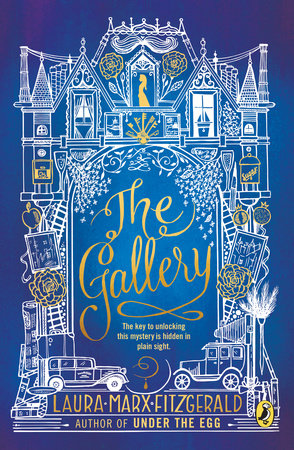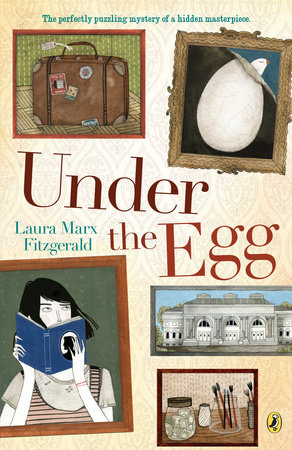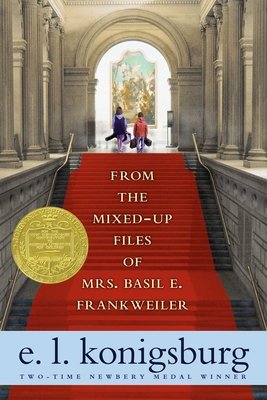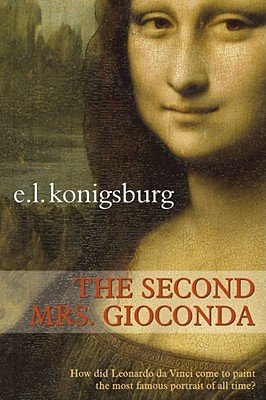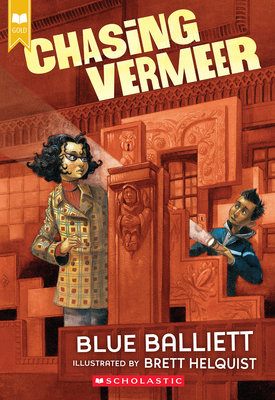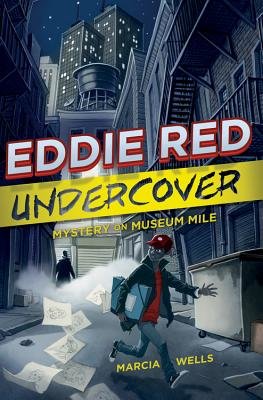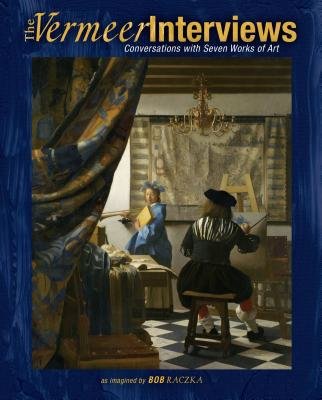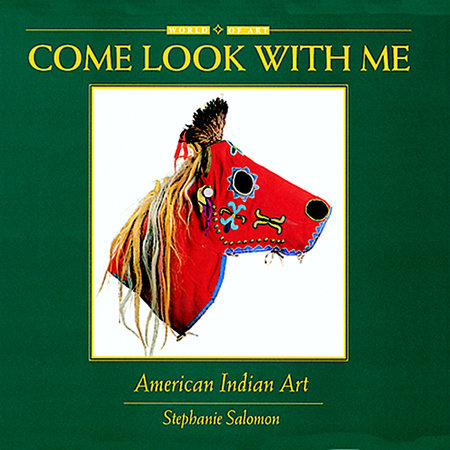Simple Ways to Start Talking to Your Kids About Art
by Laura Marx Fitzgerald
When I tell people I love talking to kids about art, a lot of them say, “I wouldn’t know where to begin.”
What they mean is that they don’t think they know enough about art to talk about it with their kids. But I believe a museum should be place of imagination, not just knowledge — and in the realm of the imagination, everyone is an expert.
So the next time you’re wondering where to begin, simply start here.
Start with stories.
I’m no art teacher. But in my experience, we lose kids when we start talking about the formalistic aspects: line, contrast, shading, light. What interests most kids — and let’s be honest, most adults — are the stories embedded in art.
It’s why people watch “Antiques Roadshow.” When someone drags a masterpiece out of the attic, the stories come out with it: Who made it? Who found it? What’s it saying? The value reveal at the end is never as interesting as the stories before it.
The best part about finding the stories in art is that they don’t have to be true to be interesting. (More on that below!)
Start with paintings.
They’re generally easier for a kid to respond to. When you say “art,” they think of paintings anyway.
Start with portraits.
First, they’re easy to find. Even the smallest museum has some family heirloom donated after long-dead relatives have been forgotten.
They’re also relatable. They’re just people, after all, people with poses and facial expressions and often funny clothes. Maybe they look like Aunt Joyce. Maybe they look like the gym teacher. Maybe they look like you.
Inevitably, your child will ask: “Who is it?”
Start with the clues in front of you.
You don’t have to jump to read the label. Treat the painting before you like a mystery. Look for clues:
- Are they wearing clothes that show their wealth? Their religious persuasion? Their power? Their nationality? Their century?
- How would you characterize their mood? Serene? Self-important? Bored? Irked?
- What are they painted alongside? Are they reading a book? Petting their dog? Strolling in a garden? Pontificating? What does this say about them?
- If you’re really lucky, you might find a letter or book portrayed in the painting. What does it say? (Is it in another language? Bonus points: Use your smartphone to quickly decode the message)
- Now, with all the clues you’ve been given, who do you think this person is? A general? A peasant? A friend of the artist? An enemy? Why?
Start making up stories.
You have the clues. Now, with a little imagination, you have the start of a story.
You can imagine where the painting came from: Did the artist choose to paint this, or was he or she asked to (or forced to)? Is this the final version, or did the artist leave something out? Was the artist happy with it?
You can make up stories about the owner: Who do you think bought this painting? Where did they put it? Why’d they get rid of it?
You can cast the subject of the painting as the character of your own story: What is the biggest problem on the subject’s mind today, and what are they going to do about it? Where is he going next? Is he dreading it or looking forward to it? If she were going to lean over and whisper a secret in your ear, what would she say?
No need for an art history degree or a childhood traipsing around Europe. With this approach, everyone is an expert in the story they tell.
If all else fails, start a scavenger hunt.
Okay, so let’s say all of these suggestions fell flat. Do what I’ve done many times and make up a scavenger hunt on the fly. Write down ten items on your museum map — a cat, a boy, a cloud, the color yellow — and let your kid check them off one by one as they find them. This tricks them (haha!) into looking closely at the art.
Their reward is getting to choose a postcard in the gift shop, where they’ll have to look closely again as they peruse the works in miniature.
If you can’t get to a museum, start reading.
Here are a few of my favorite books about art for middle-grade readers:
-
The Gallery
My new book! One girl holds the secret to what really happened the night New York's greatest art collection burned to the ground — or did it? A 1920s art mystery where The DaVinci Code meets The Great Gatsby … but for kids.
-
Under the Egg
Available from:My first book! Young Theodora's grandfather leaves her a painting and mysterious directions to "look under the egg for a treasure." What she discovers is a mystery that takes her into the past and rewrites her future.
Also available from: -
From the Mixed-Up Files of Mrs. Basil E. Frankweiler
My favorite, no surprise. This book is the reason everyone I know wants to spend the night in the Metropolitan Museum.
-
The Second Mrs. Gioconda
A sort of Girl with a Pearl Earring for the middle grade set, this behind-the-scenes story of DaVinci and his young assistant is beautifully told.
-
Chasing Vermeer
Not just a great art mystery — a mathematical puzzle involving pentominoes. (I’m embarrassed to say my kids figured it out before I did.)
-
Eddie Red Undercover Series
A fun, funny, fast-paced series for kids who prefer their art history served up with chases and heists.
-
The Vermeer Interviews: Conversations with Seven Works of Art
I recently stumbled upon this book in a museum bookstore and gave it to my daughter. We both loved the way the author “interviews” the figures in Vermeer’s most famous paintings, uncovering some (but not all) of the mysteries behind his process.
-
Come Look with Me Series
Available from:A wonderful series of books that invite kids to look closely at art: portraits, landscapes, moderns, classics, and more. The next best thing to a museum.
Also available from:

